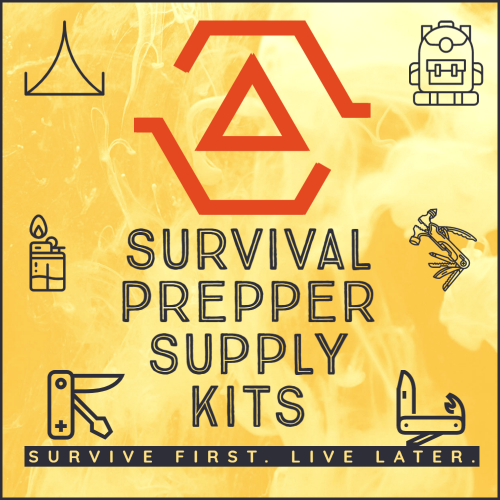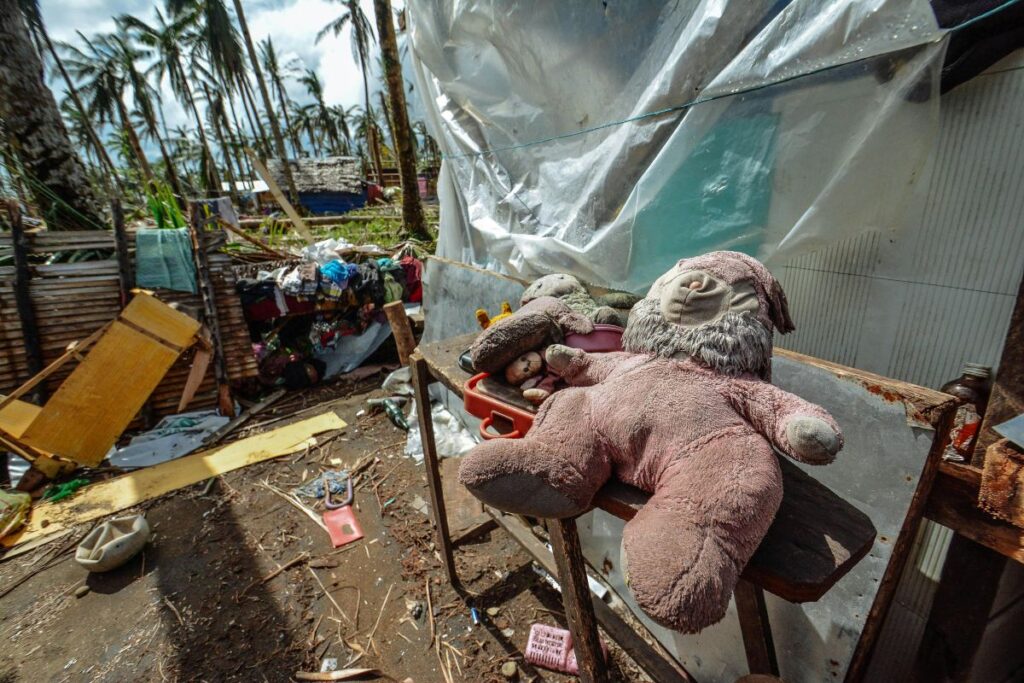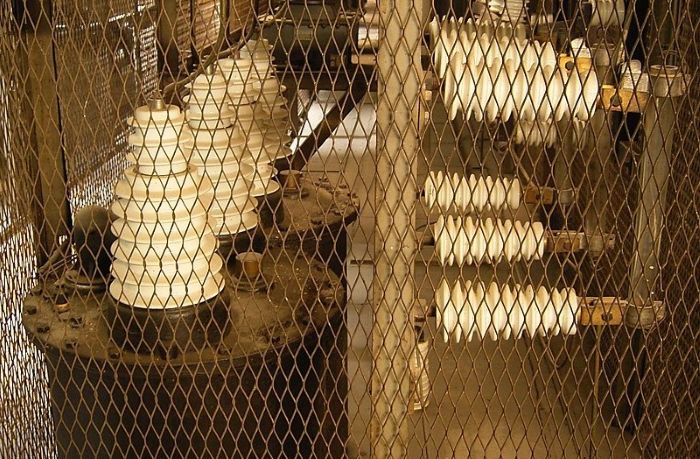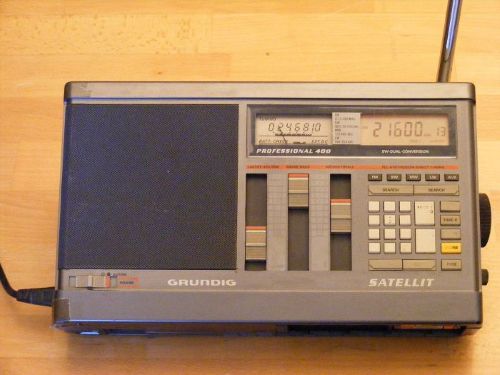PART I: Maintaining Safe Food Storage in Survival Situations
Food is one of the top three necessities in any survival situation. In our daily lives, we can easily get food from any location, whether it’s a grocery store, drive-through, or seated restaurant. It’s important that you are prepared for anything.
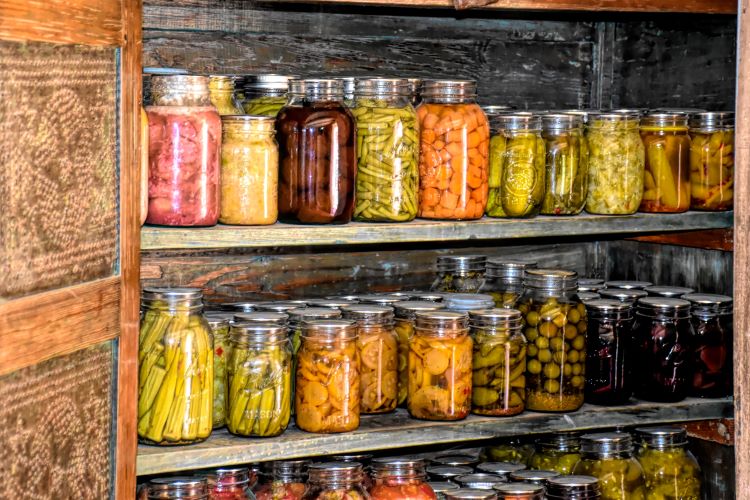
In contrast, you’ll need a dependable food supply that will last you for a long time in a survival situation. To avoid the stampede of shoppers who stock up on everything at supermarkets right before a survival event, you should stock up on this food ahead of time.
Follow Procedures
To successfully store food, there are many different factors that must be taken into account. You can have emergency food storage at home that will last you for years if you follow the right procedures and choose the right foods.
In the sections below, you’ll learn how to properly store your food, make storage supplies that will meet your family’s needs, and more. You’ll also learn about some of the most typical challenges you might face. If you need more information, contact a extension food safety specialist.
Survival Situations: Common Issues with Food Storage
When food isn’t properly stored, eating it can make you sick in a variety of ways. Since you might not have access to modern medicine to treat it in a survival situation, this is particularly risky.
Don’t Get Sick
As an illustration, botulism can occur in poorly stored MREs or other sealed foods. The bacteria that causes botulism thrives in high-temperature, low-oxygen environments, like those found in sealed foods left outside.
Modern medicine can treat this condition, but botulism-causing foot can be very dangerous to consume in a survival situation. The risk of botulism will be significantly reduced if the food is properly prepared and stored.
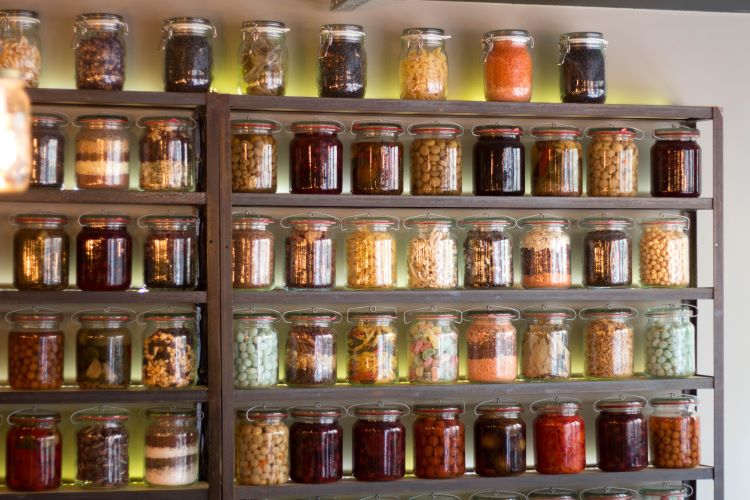
Food that hasn’t been properly stored occasionally just starts to rot. Foods that require refrigeration could rot very quickly if they were taken out of the refrigerator for a few days.
Stock Up on Particular Foods
Because of this, survivalists stock up on very particular foods and use special safety techniques to store them. You can extend the shelf life of your food by purchasing and storing it properly.
People have occasionally ingested decades-old MRE rations and not getting sick from them, demonstrating how effective the storing techniques are.
When a survival situation arises, you won’t have any food at all if you don’t keep your food supplies properly stored, resulting in huge financial losses. You’re out of luck because when an emergency starts, grocery store shelves typically empty quickly.
How to Store Shelf-Stable Foods Correctly
You must consider a number of different factors when storing food. Stocking up on foods that can be kept on shelves, such as dry rice, peanut butter, and honey, is a great place to start, but you still need to choose an ideal storage location for everything. Stock up on foods that you and your family like to eat. If you don’t like it now, you probably won’t like it in a survival situation.
In a perfect world, you would choose a room in your home that could serve as a sort of storage room for storing food and water. A full-sized room would be ideal, though smaller spaces like closets might also be useful.
Cleanliness is Important
The cleanliness of the storage room should be your first priority. Since you’ll need the space and don’t want to attract pests, it goes without saying that you shouldn’t keep your food in a dirty room for an extended period of time.
For maximum food longevity, it’s also crucial that the space be climate-controlled. To reduce the likelihood of bacterial growth, it should always be kept cool and air-conditioned.
This explains why freezers are so good at keeping food fresh. In colder environments, microorganisms have a difficult time growing and reproducing, but in warmer ones, they can spread quickly.

Keep It Dry
Additionally, you need to keep the space dry. This is not to say that there can never be any humidity, just that you prefer it to be as dry as possible. In addition to a combination hygrometer and thermometer, think about purchasing a dehumidifier for the space.
Pests are yet another problem that you might experience with storage spaces. Pests like cockroaches, mice, and ants, all of which are drawn to food in particular, are a problem in many homes. They’d all be drawn in droves to a storage room filled with food.
Yuck. Pests.
There are numerous methods you can use to help stop pests from contaminating your food supply. To start, you can make it more challenging for them by using steel shelves that are free-standing, preventing them from climbing the wall.
As a food-safe insecticide, diatomaceous earth can be spread around the bottom of shelves to prevent insects from climbing up the legs. This is fairly simple to find online. I have been using it in my house, in my barn, and outside for years and I rarely see these critters in my house.
Even when it’s in packages, food that is left directly on the floor is much more likely to attract pests. They can get inside by chewing through thin packaging or by looking for the smallest gaps.
Contain It
You can also place your food in airtight, sealed containers if you’re concerned about mice. If the issue with them doesn’t go away, you might think about placing mouse traps in the storage room, even more humane are the live catch-and-release traps.
Keeping Food on Hand in Case the Electricity is Still On
While you’re stockpiling food, it might be worthwhile to spend money on an electrically powered food preservation technique to bug-in. The grid won’t fail in every survival scenario, though. It could be something as straightforward as a widespread food shortage or even something like the pandemic that we recently experienced.
It’s also possible that your home has solar power or a generator, which would give you a significant advantage in terms of food storage by enabling you to use a freezer for meats, vegetables, fruits, and other items.
Deep Freezer is Best
A deep freezer, rather than a regular refrigerator, is the better choice if you only intend to use it for long-term food storage. This is because deep freezers can only do freezing. These are frequently quite big, but they can hold a lot of meat and produce for long-term storage.
Food that can be frozen is the best option for those who want to store it for as long as possible because, when kept at a low enough temperature, frozen food can easily last for years. Large quantities of food can be kept in deep freezers for a very long time at or below 0 degrees Fahrenheit.
If space is not an issue for you, choose the deep freezer with the highest capacity when you are shopping. In the event of a survival situation, this will enable you to have as much food as you can for as long as possible.
Please note that this post contains affiliate links, meaning I will get a small commission for qualifying purchases at no extra cost to the buyer.
Also consider a portable refrigerator/freezer that is powered by AC/DC or solar.
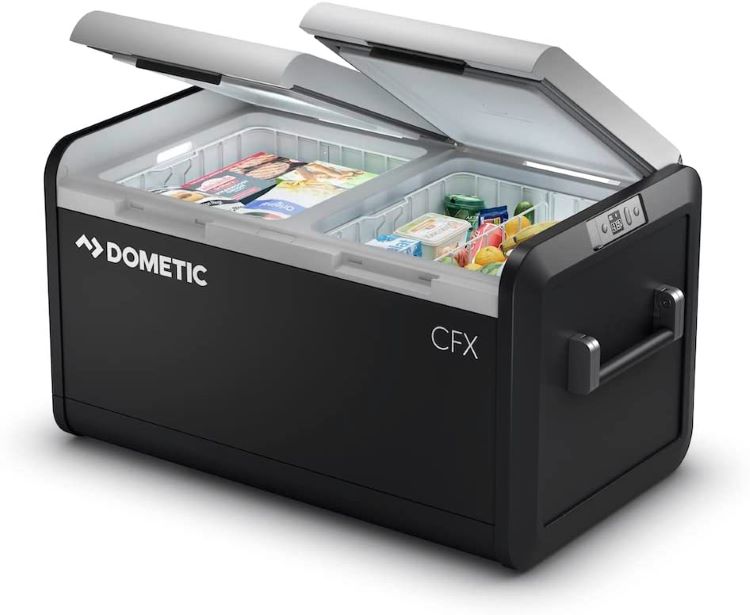
Freeze Meat, Fruits and Veggies
You should make sure to fill your deep freezer with high-quality food once you have one. Meat is a great option because it is easy to keep shelf-stable and a great source of protein and other micronutrients.
Red meat should be your first choice if you only intend to use this meat for survival. It frequently has the highest caloric content and the greatest variety of nutrients, particularly iron.
Some fruits and vegetables can also be frozen, but there are a few disadvantages to this. Although they can be consumed for a long time, they might not taste as good or contain as many micronutrients as fresh or freeze-dried foods.
Check/Smell Food Before Eating
Although food that has been long-term frozen is in theory always edible, you should always check it for odd colors or smells before eating. This could mean that the freezer wasn’t working properly and the food may have spoiled.
Vacuum-sealing your meats before putting them in a deep freezer is also recommended. By doing so, you can further halt the development of bacteria and avoid freezer burn-causing frost buildup on the outside of the container.
Dedicate a Generator to a Freezer
In the event that the power grid does go down during a survival situation, it would be a good idea to have a way to power your freezer. To ensure that your food is not wasted, this may entail purchasing a dedicated generator or installing solar panels.

Read More in Smart Food Storage for Emergency Preparedness: Expert Advice, Part II
